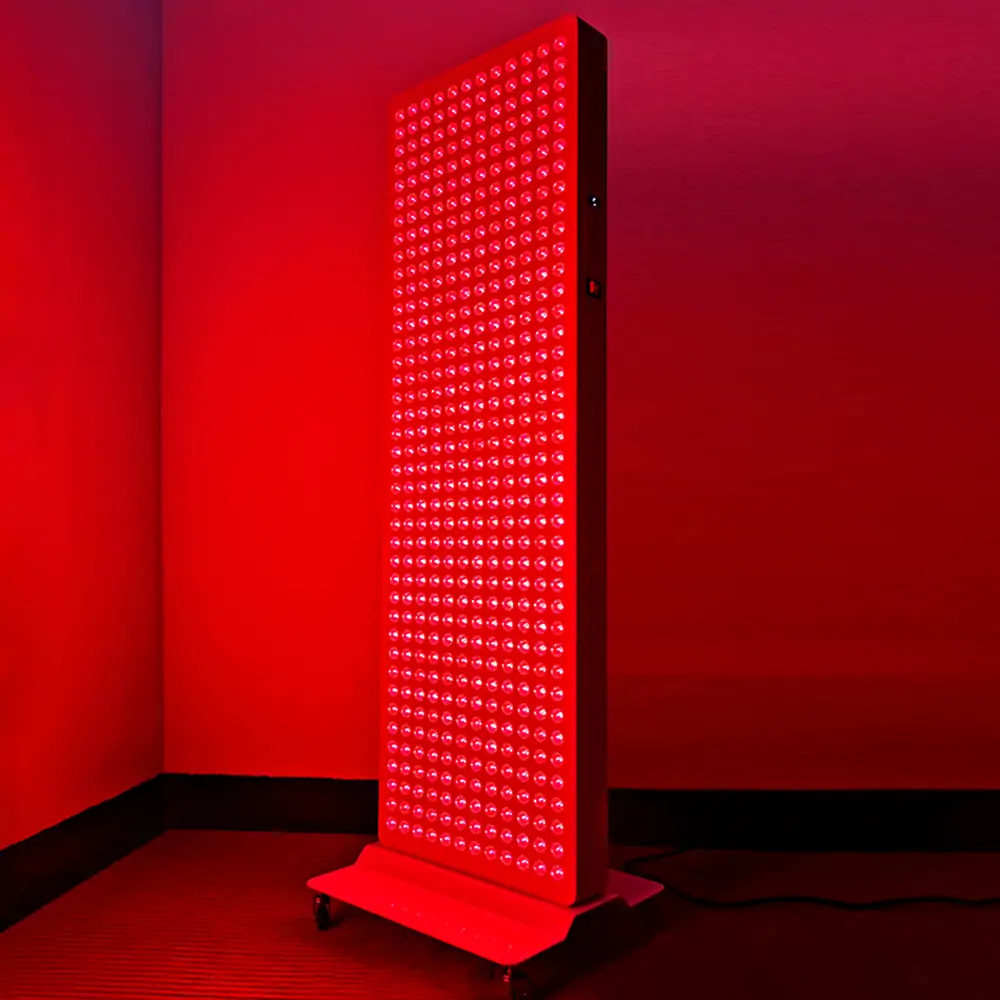Introduction
Have you heard about red light therapy? It’s an increasingly popular non-invasive treatment used for a variety of skin issues, pain management, and wound healing. However, the choice between high and low irradiance often leaves people puzzled. So, is high or low irradiance better for red light therapy? This article delves into this question to help you make an informed decision.
What is Red Light Therapy?
Basic Concept of Red Light Therapy
Red light therapy, also known as low-level light therapy (LLLT), involves the use of specific wavelengths of red light to penetrate the skin and promote cell repair and regeneration. This therapy is widely used in both cosmetic and medical fields.
History and Development of Red Light Therapy
The origins of red light therapy date back to the 1960s, initially used for cancer treatment. With advancements in technology, red light therapy has expanded into various areas, including skincare, pain relief, and accelerated wound healing.
How Red Light Therapy Works
Effects of Red Light on Cells
Red light can penetrate the skin and directly affect the mitochondria within cells, enhancing their energy production capabilities, thereby promoting cell repair and regeneration.
Mechanism of Photobiomodulation
Red light therapy works through the mechanism of photobiomodulation, which modulates cellular metabolism, reduces inflammation, and improves blood circulation to achieve therapeutic effects.
Definition of Irradiance
What is Irradiance?
Irradiance refers to the amount of light energy received per unit area, typically measured in watts per square meter (W/m²). It is a crucial parameter for assessing the intensity of light therapy devices.
How to Measure Irradiance?
Irradiance can be measured using a photometer, ensuring accurate and consistent light intensity during therapy sessions.
Irradiance in Red Light Therapy
Advantages of High Irradiance
Accelerating the Treatment Process
High irradiance can deliver more energy in a shorter time, speeding up the treatment process and enhancing efficiency.
Deep Tissue Penetration
High irradiance allows red light to penetrate deeper into tissues, making it effective for treating deeper issues like muscle pain and arthritis.
Advantages of Low Irradiance
Reducing Side Effects
Low irradiance is generally gentler, making it suitable for long-term use with fewer side effects.
Suitable for Sensitive Skin
For individuals with sensitive skin, low irradiance is preferable as it minimizes the risk of over-stimulation and skin irritation.
Impact of Different Irradiance Levels on Various Treatments
Applications in Skin Treatment
In skincare, high irradiance helps in quickly improving skin conditions, while low irradiance is ideal for sensitive skin and long-term care.
Applications in Pain Management
High irradiance offers rapid pain relief, whereas low irradiance is better for continuous pain management, reducing the risk of overstimulation.
Applications in Wound Healing
High irradiance accelerates wound healing, while low irradiance provides gentle, sustained treatment for chronic wounds.
Choosing the Right Irradiance
Recommended Irradiance for Different Treatments
Choosing the right irradiance depends on the specific treatment needs and individual conditions to achieve the best therapeutic outcomes.
Individual Differences and Customized Treatments
Every individual is different, and customized irradiance settings can better meet personal needs, ensuring effective and safe treatments.
Irradiance Selection in Red Light Therapy Devices
Range of Irradiance in Market Devices
Red light therapy devices on the market offer a range of irradiance levels, from low to high. Users should select devices that match their therapeutic requirements.
How to Choose the Right Device
When choosing a device, consider its irradiance range, ease of use, and safety features to ensure it meets your personal treatment needs.
Scientific Research and Clinical Evidence
Research Findings on High Irradiance
Research shows that high irradiance can significantly accelerate healing processes and provide deeper tissue treatment. Effectiveness of High-Irradiance Red Light Therapy
Research Findings on Low Irradiance
Studies indicate that low irradiance is effective for long-term treatments, such as anti-aging and reducing wrinkles, without the risks associated with higher irradiance levels. Low-Level Laser Therapy in Skin Rejuvenation
Safety and Side Effects
Potential Risks of High Irradiance
High irradiance may cause skin burns or overstimulation, and should be used under professional guidance to avoid side effects.
Safety of Low Irradiance
Low irradiance is generally safe, suitable for home use and long-term care, with minimal side effects.
Considerations in Practical Applications
Differences Between Home and Professional Treatments
Home treatment devices usually offer lower irradiance, suitable for daily care, while professional devices provide higher irradiance for intensive treatments.
Usage Frequency and Duration
Adjust the frequency and duration of red light therapy based on your treatment needs to achieve optimal results.
Case Studies
Success Stories of High Irradiance Treatment
Skin Condition Improvement
- A patient with severe psoriasis reported significant improvement after a few weeks of high-irradiance red light therapy. The treatment reduced inflammation and accelerated skin healing, showing substantial results in a shorter time frame. High-Dose Light Therapy for Psoriasis
Pain Management
- Athletes and individuals with chronic pain conditions like arthritis have found high-irradiance red light therapy effective in reducing pain and inflammation quickly. One study highlighted that high-irradiance red light therapy provided significant pain relief for osteoarthritis patients. Photobiomodulation for Pain Relief
Success Stories of Low Irradiance Treatment
Sensitive Skin Care
- A patient with sensitive skin experienced improved skin texture and reduced redness with low-irradiance red light therapy. This approach minimized the risk of over-stimulation and side effects, making it suitable for long-term care. Low-Level Light Therapy in Dermatology
Chronic Wound Healing
- A study reported that patients with chronic wounds, such as diabetic ulcers, saw gradual and consistent improvement with low-irradiance red light therapy. This method promoted healing without causing discomfort or adverse reactions. [LLLT for Chronic Wound Healing]
 Redluxe
Redluxe
